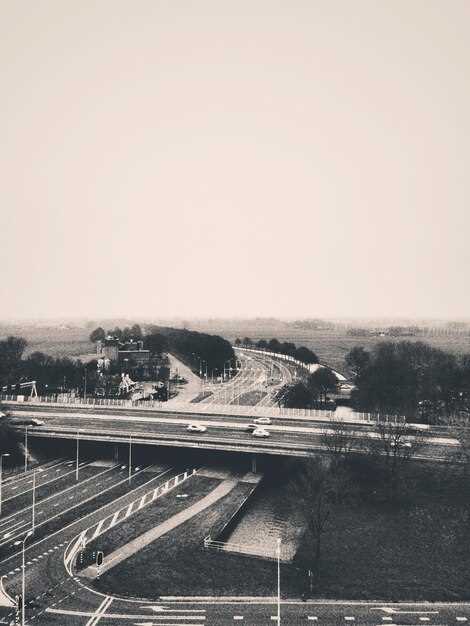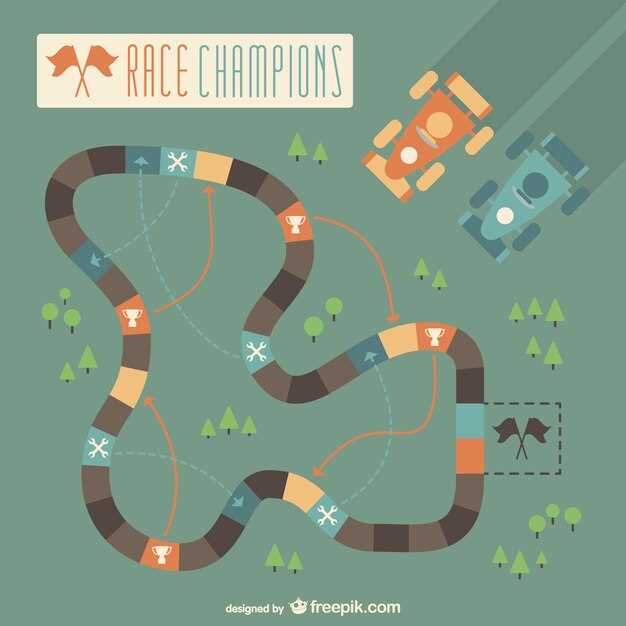
Racing has always captured the imagination of enthusiasts worldwide, and few things evoke the thrill of competition quite like historic tracks. These legendary venues are not just asphalt and curves; they represent a rich tapestry of stories, traditions, and unforgettable moments that have shaped the world of motorsport.
Each historic track has its unique identity, often intertwined with the history of the sport itself. From the high-speed straights of the Indianapolis Motor Speedway to the winding curves of the Monaco Grand Prix circuit, these locations have witnessed legendary battles and remarkable feats over the decades. Their stories are not merely about the races; they encompass the evolution of racing technology, the triumphs and tragedies of drivers, and the ever-shifting dynamics of fan engagement.
Exploring these iconic venues allows us to appreciate not only the sport but also the cultural significance they hold. Historic tracks become a pilgrimage for racing fans, drawing them to the asphalt where heroes once raced, and dreams were forged. Through their intriguing anecdotes and the legends that surround them, these circuits continue to inspire future generations of racers and fans alike.
Iconic Tracks That Shaped the Sport: A Closer Look

Throughout the history of racing, certain tracks have etched their names into the annals of motorsport. These iconic circuits have not only hosted countless thrilling events but have also significantly influenced the evolution of racing itself.
One of the most legendary tracks is the Nürburgring in Germany. Known for its challenging layout, the “Green Hell” has tested both drivers’ skills and car capabilities since its opening in 1927. The combination of elevation changes, sharp turns, and long straights contributes to its reputation as one of the most demanding circuits in the world.
Another historic venue is the Indianapolis Motor Speedway, home to the prestigious Indianapolis 500. Established in 1909, this track became a symbol of American racing culture. Its unique rectangular layout, coupled with the tradition of pit stops and strategy, has shaped the way oval racing is conducted in the US.
Monaco’s Circuit de Monaco offers a stark contrast with its tight, winding streets. This track exemplifies the glamour and prestige of Formula 1 racing. The annual Grand Prix held here showcases not only speed but also the importance of precision, as drivers navigate sharp corners with little room for error.
Each of these tracks has made a lasting impact on racing history, influencing car design, driver training, and fan engagement. Their stories continue to inspire new generations of racers and enthusiasts alike, solidifying their place in the legacy of motorsport.
Legendary Races Held at Historic Venues: What They Teach Us
Historic racing venues are not just tracks; they are the stage for legendary races that weave the rich tapestry of motorsport history. Each race held at these iconic locations tells a story of ambition, perseverance, and sometimes heartache, providing valuable lessons for both fans and participants.
One of the most notable examples is the Monaco Grand Prix, which has been a cornerstone of Formula 1 since 1929. Racing through the narrow streets of Monte Carlo, this event teaches us about the importance of precision and skill. The unique challenges posed by the circuit highlight how adaptability and focus can define the outcome in high-pressure situations. Drivers must navigate tight corners while maintaining speed, showcasing the balance between risk and reward.
Another historic venue is the Indianapolis Motor Speedway, home to the Indianapolis 500. This race, with its storied tradition, emphasizes long-term commitment and the evolution of technology in racing. Throughout its history, innovations in car design and engine performance have shaped the race, reminding us that progress often comes from courage and creativity. The triumphs and tragedies experienced by drivers and teams here reflect the relentless pursuit of excellence in the sport.
Le Mans, with its 24-hour endurance race, serves as a testament to teamwork and resilience. The grueling nature of this event illustrates the significance of collaboration among drivers, engineers, and pit crews. The ability to strategize and adapt throughout an extended race fosters a deeper understanding of the dynamics that contribute to success. Participants learn the power of unity and shared goals, reminding us that racing is a collective effort.
These historic races not only entertain but also educate us about the values essential in sports and life. They emphasize the importance of history in shaping the future, encourage the pursuit of excellence, and highlight the critical role of teamwork. As we reflect on these legendary events, we gain insights that extend beyond the racetrack, reinforcing the idea that the spirit of racing is intricately tied to perseverance and the relentless pursuit of dreams.
The Future of Preservation: Keeping Racing Heritage Alive

As the world of motorsport continues to evolve, the significance of preserving historic racing tracks becomes increasingly vital. These tracks not only serve as venues for competition but also as cultural landmarks that embody the rich history of racing. Efforts to maintain and restore these venues are essential to ensure that future generations can experience the adrenaline and excitement of racing in its historic forms.
Modern technology plays a crucial role in the preservation of these sites. Virtual reality and augmented reality can create immersive experiences that allow fans to explore the history of tracks without physically altering them. Such innovations provide educational opportunities that emphasize the significance of these locations, ensuring that their stories are told and appreciated.
Community engagement is another cornerstone of preservation efforts. Local racing clubs, heritage organizations, and volunteers often come together to support the upkeep of historic tracks. These partnerships can help rally resources and funds necessary for restoration and maintenance, fostering a sense of belonging and pride within the community. Moreover, hosting events that celebrate both the history and future of racing helps attract new audiences, creating a sustainable model for continued interest and investment.
Finally, collaboration with motorsport governing bodies can enhance preservation initiatives. These organizations can implement policies that protect racing heritage, encouraging the use of historic tracks in modern competitions. By creating racing series that feature these iconic venues, they help keep their legacies alive while showcasing their unique characteristics to a broader audience.
In conclusion, the future of preservation for historic racing tracks relies on a multifaceted approach that includes technology, community involvement, and institutional support. By prioritizing the preservation of these tracks, we not only honor the legacy of racing but also ensure that its exhilarating spirit continues to inspire generations to come.

